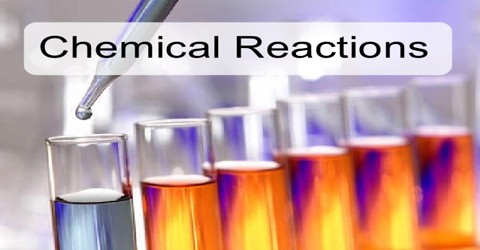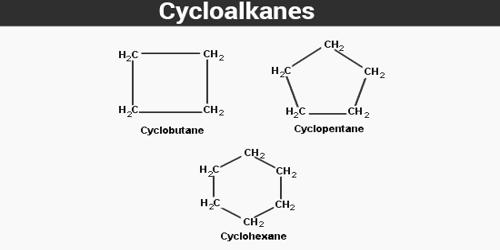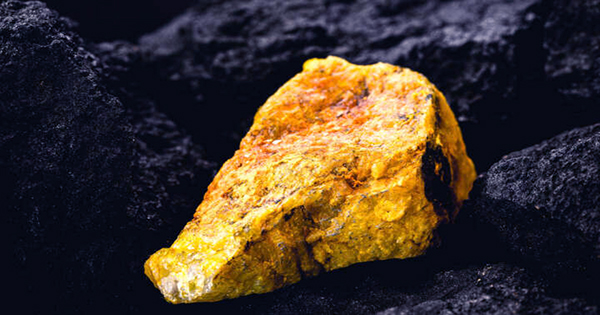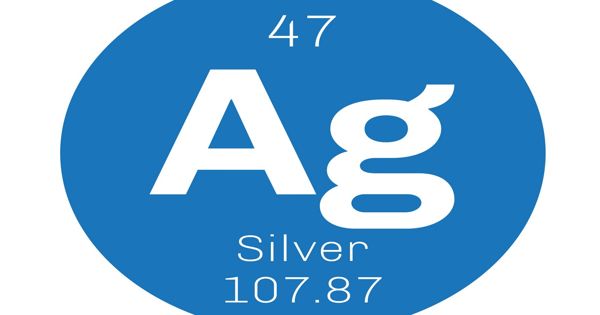Chemical Reaction
Definition
Chemical Reaction is any transformation from one set of chemicals into another set. If the starting and ending substances are the same, a change may have occurred, but it is not a chemical reaction.
Chemical Reactions are an integral part of technology, of culture, and indeed of life itself. Burning fuels, smelting iron, making glass and pottery, brewing beer, and making wine and cheese are among many examples of activities incorporating chemical reactions that have been known and used for thousands of years. Chemical reactions abound in the geology of Earth, in the atmosphere and oceans, and in a vast array of complicated processes that occur in all living systems.
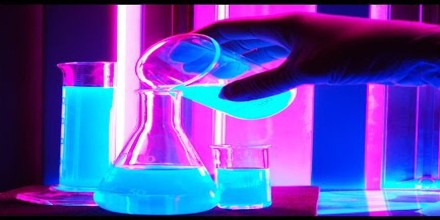
The concept of a chemical reaction dates back about 250 years. It had its origins in early experiments that classified substances as elements and compounds and in theories that explained these processes. Development of the concept of a chemical reaction had a primary role in defining the science of chemistry as it is known today.
Chemical Reactions happen at a characteristic reaction rate at a given temperature and chemical concentration. Typically, reaction rates increase with increasing temperature because there is more thermal energy available to reach the activation energy necessary for breaking bonds between atoms. Different chemical reactions are used in combinations during chemical synthesis in order to obtain a desired product. In biochemistry, a consecutive series of chemical reaction form metabolic pathways. These reactions are often catalyzed by protein enzymes. The general concept of a chemical reaction has been extended to reactions between entities smaller than atoms, including nuclear reactions, radioactive decays, and reactions between elementary particles as described by quantum field theory.

Key Concepts of Chemical Reaction:
- A physical change, such as a state change or dissolving, does not create a new substance, but a chemical change does.
- In a chemical reaction, the atoms and molecules that interact with each other are called reactants.
- In a chemical reaction, the atoms and molecules produced by the reaction are called products.
- In a chemical reaction, only the atoms present in the reactants can end up in the products. No new atoms are created, and no atoms are destroyed.
- In a chemical reaction, reactants contact each other, bonds between atoms in the reactants are broken, and atoms rearrange and form new bonds to make the products.
Types of Chemical Reaction
Chemical reaction is a process that is usually characterized by a chemical change in which the starting materials (reactants) are different from the products. There are several different types of chemical reactions and more than one way of classifying them. Here are some common reaction types.
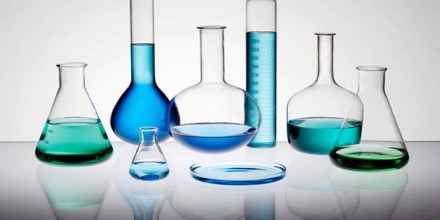
Oxidation-Reduction or Redox Reaction
In a redox reaction,the oxidation numbers of atoms are changed. Redox reactions may involve the transfer of electrons between chemical species. The reaction that occurs when In which I2 is reduced to I– and S2O32- (thiosulfate anion) is oxidized to S4O62- provides an example of a redox reaction:
2 S2O32−(aq) + I2(aq) → S4O62−(aq) + 2 I−(aq)
Chemical Decomposition or Analysis Reaction
In a decomposition reaction, a compound is broken into smaller chemical species.
AB → A + B
The electrolysis of water into oxygen and hydrogen gas is an example of a decomposition reaction:
2 H2O → 2 H2 + O2
Direct Combination or Synthesis Reaction
In a synthesis reaction, two or more chemical species combine to form a more complex product.
A + B → AB
The combination of iron and sulfur to form iron (II) sulfide is an example of a synthesis reaction: 8 Fe + S8 → 8 FeS
Acid-Base Reaction
An acid-base reaction is type of double displacement reaction that occurs between an acid and a base. The H+ ion in the acid reacts with the OH- ion in the base to form water and an ionic salt: HA + BOH → H2O + BA
The reaction between hydrobromic acid (HBr) and sodium hydroxide is an example of an acid-base reaction:
HBr + NaOH → NaBr + H2O
Hydrolysis Reaction
A hydrolysis reaction involves water. The general form for a hydrolysis reaction is:
X–(aq) + H2O(l) ↔ HX(aq) + OH–(aq)
Isomerization
In an isomerization reaction, the structural arrangement of a compound is changed but its net atomic composition remains the same.
